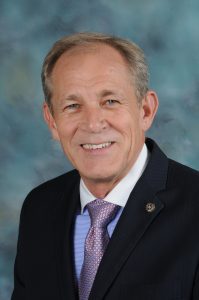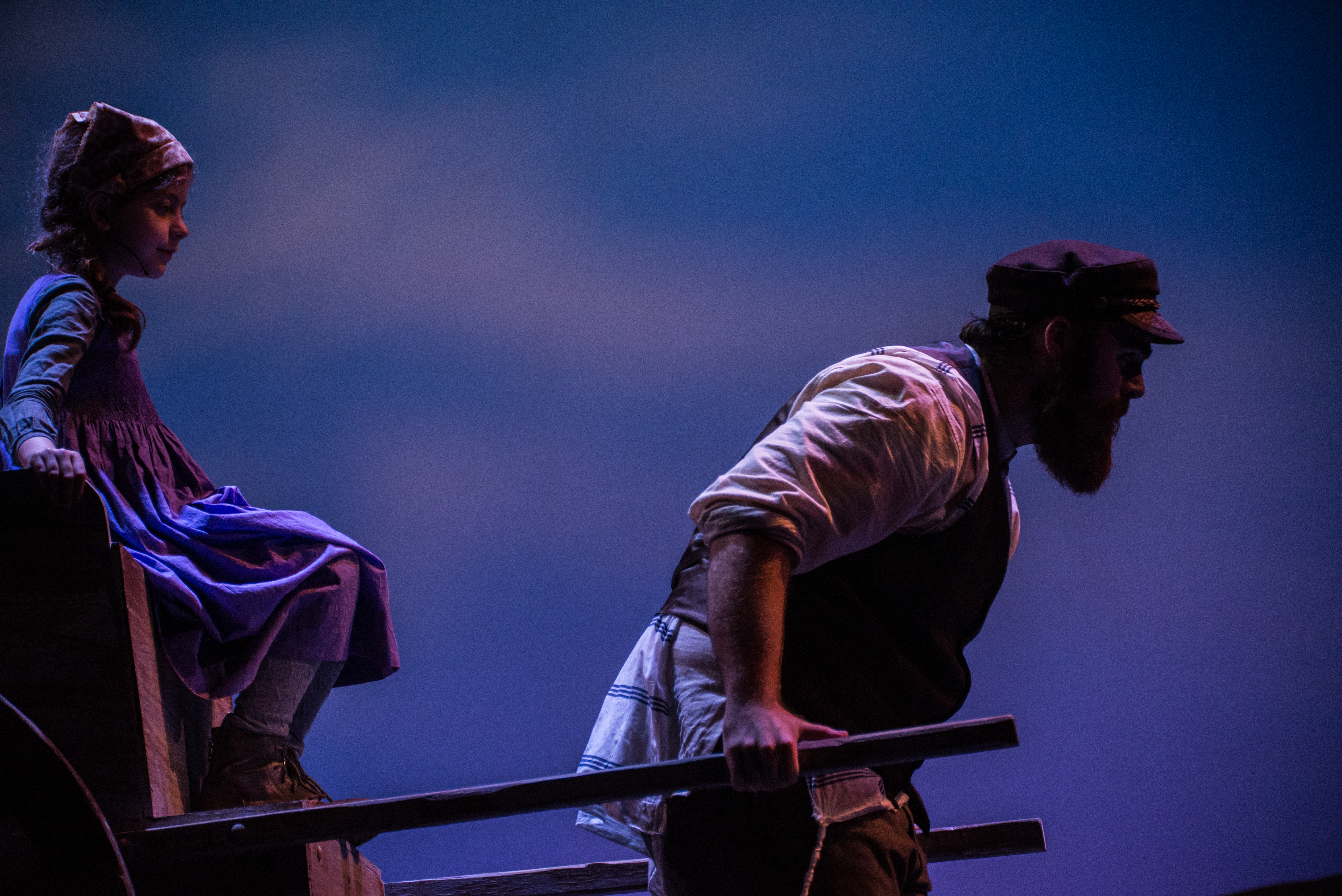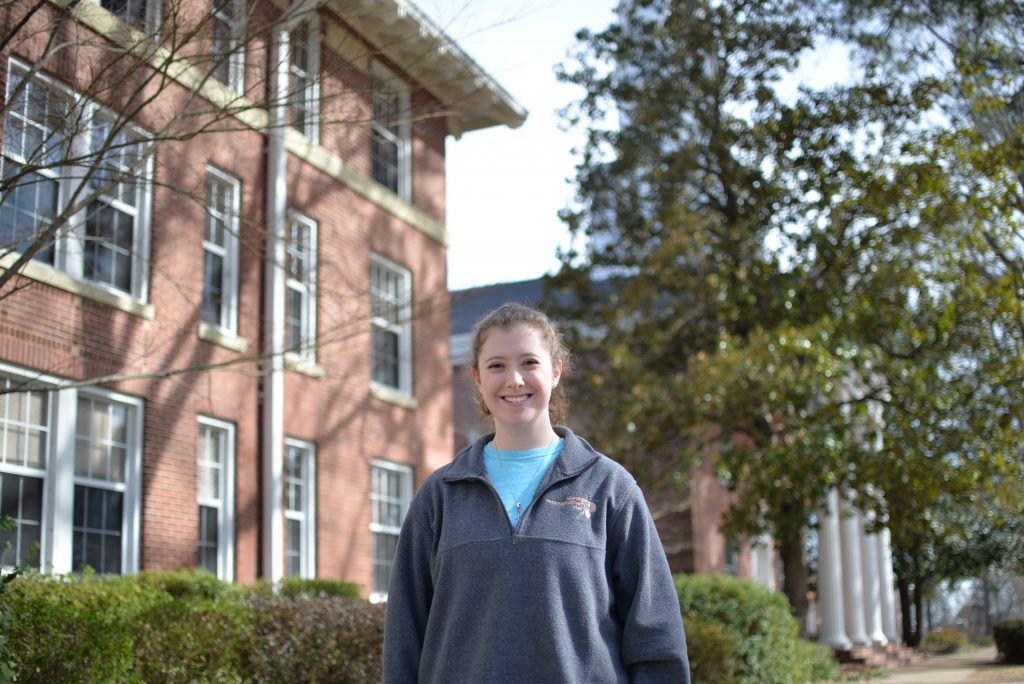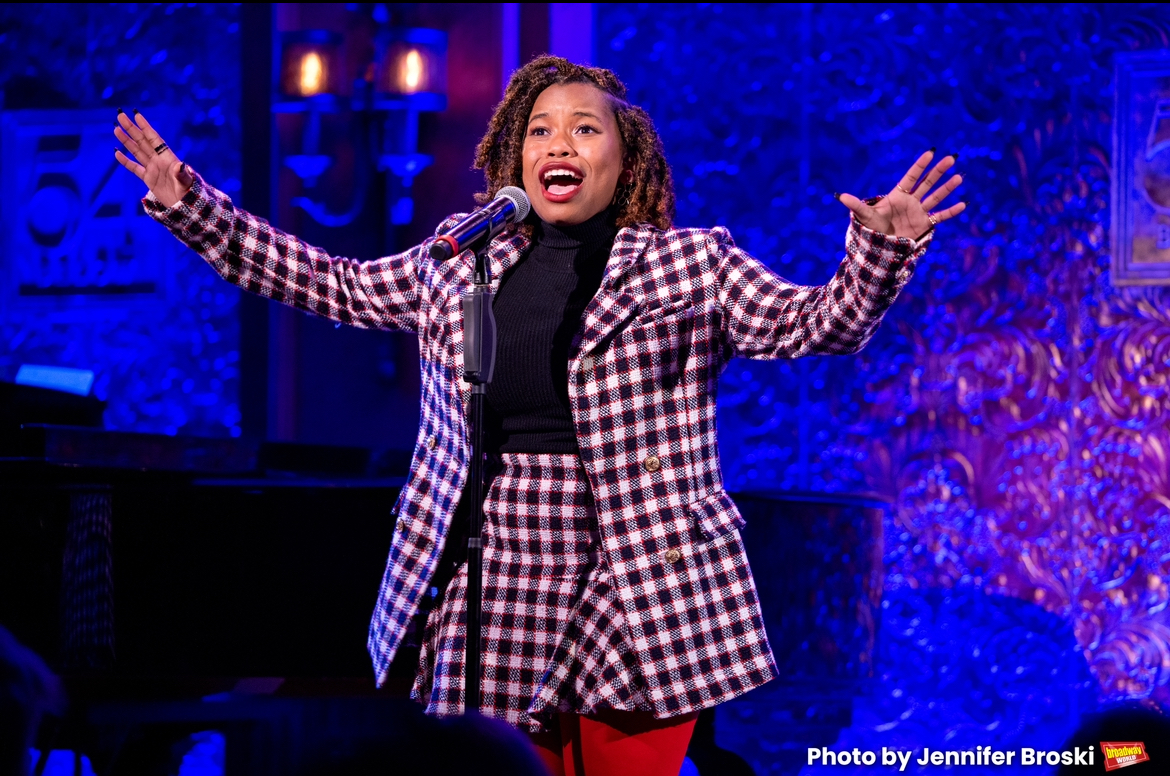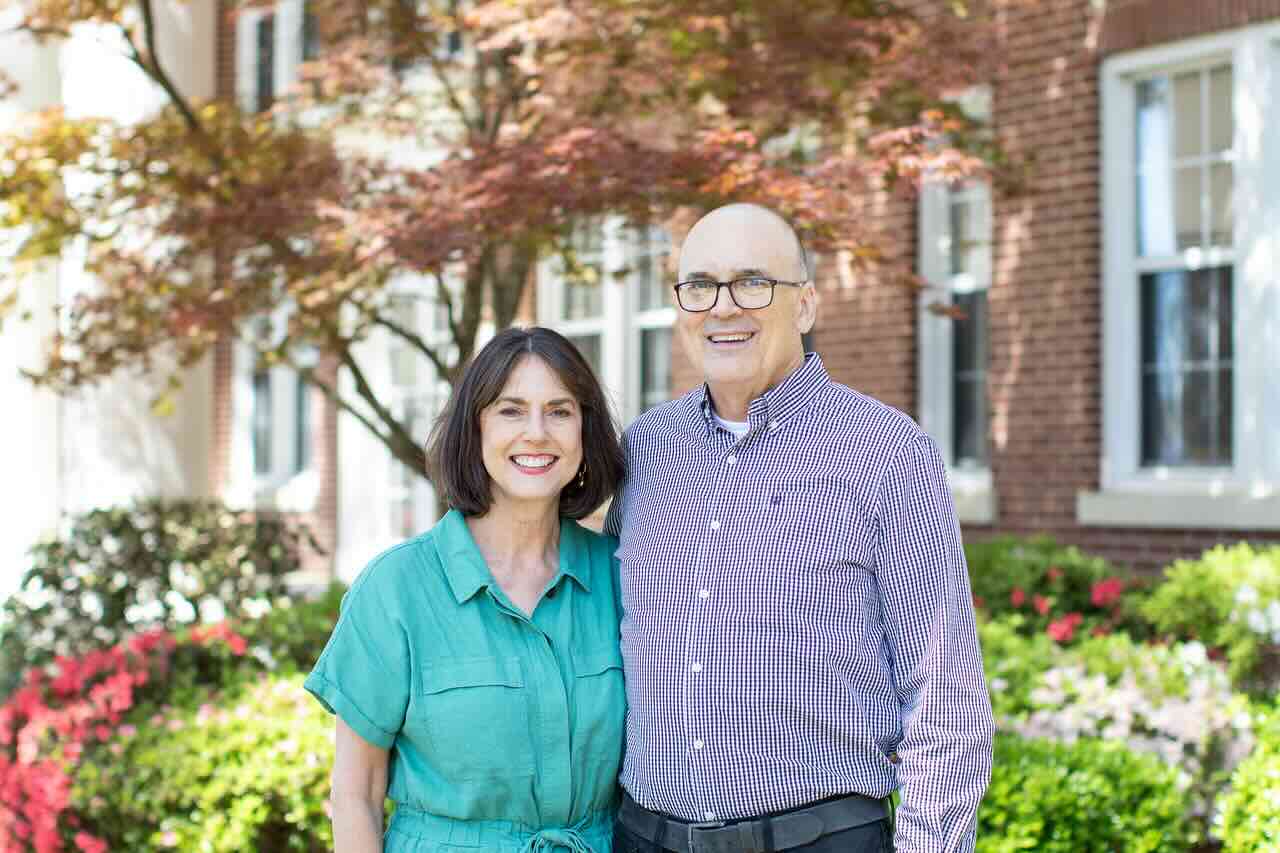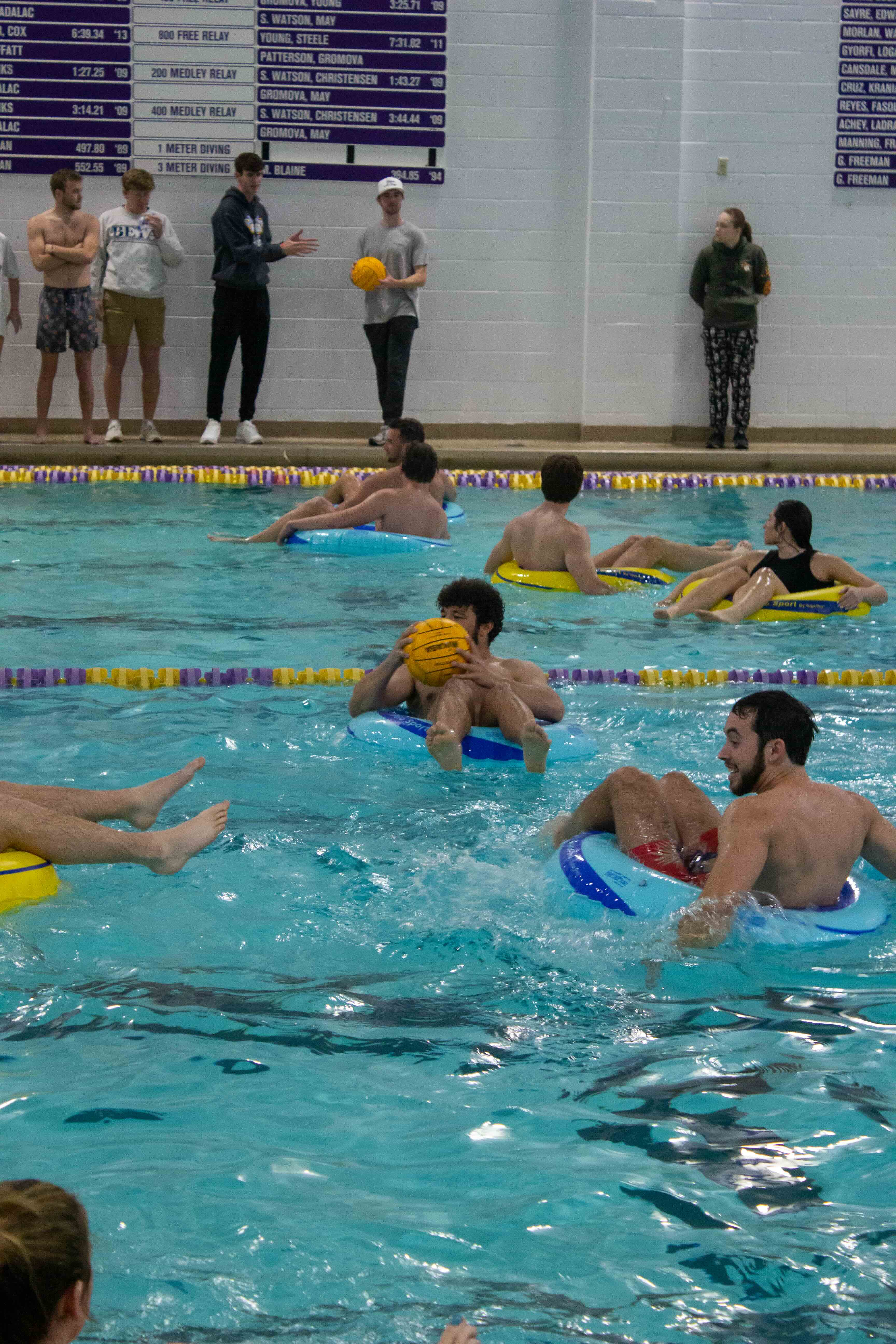“Has anyone seen Jeffrey?”
Scott Holsclaw, professor of theatre arts and director of this year’s spring musical “Fiddler on the Roof,” paces the stage in search of the fiddler himself. The room is buzzing. Actresses fix their rehearsal skirts so they don’t trip over their length. The pianist warms up her fingers as she plays the opening chords of the song “Tradition.” Holsclaw, however, runs from problem to problem, trying to bandage any issues before the rehearsal begins.
“Is Jeffrey here yet?” Holsclaw repeats one more time before the actor appears. Jeffery Wood, who is to portray the fiddler, hustles over to the director to report for duty. Holsclaw then brings him over to a house set piece and instructs him on how he is to stand as he famously assumes the silhouette of the fiddler on the roof. Beneath the stress of compiling a show, Holsclaw gleams as this iconic picture comes to life.
Producing a quality theatre piece requires a balanced dance of several people performing their jobs at peak capacity. The actors strive to perform their best. The stage manager strives to keep the production on task. The orchestra members strive to play each note perfectly. All of this happens under the leadership of the director, who gives the production artistic vision. The director is often unrecognized due to the fact that his or her role is performed off-stage rather than on. Looking behind the scenes and into the daily life of the director truly proves how much work goes into a musical.
A director assumes the role much earlier than the rehearsal begins. In fact, the role of a director is accepted the moment they decide to direct a show, and the title stays with them constantly until the show has been struck from the stage and the last actor and stagehand have left. Everything in between is a whirlwind.
Thirty minutes before the rehearsal was to begin, Holsclaw stood at center stage in front of the orchestra pit. He didn’t linger there long. Within a moment, he moved onstage to assist an actor with a prop that was heavy and difficult to maneuver. Then he instructed the stage manager to have the actors check their props before the show and reminded her of call times. He handled a situation where he had to figure out the best place for the child actors to be during the run of the show. He made sure the microphones were working and that they were ready for use. When there was a loud crashing noise from off-stage, he left behind his quick-paced walk in favor of a sprint to make sure no person or set piece was damaged.
In the midst of all of this, he was also answering questions. In the time span of 20 minutes, Holsclaw answered 12 questions from actors, the music director, the stage manager and set workers. Each time, he stopped and looked the confused person in the eye and attempted to provide them a helpful answer. He talked to that person until their confusion had either been cleared or they were promised an answer at a later time. Then he would continue his stride to find more problems to be solved.
This is not Holsclaw’s first experience with “Fiddler on the Roof.” In 1995, Holsclaw directed the popular play and has now returned to it for its timely message.
“I am now in my last years at Ouachita and am looking at retirement soon, and I wanted to do something that I had done before that I had a really good time with,” Holsclaw said. “But more than that, it is very timely for our culture today. We are looking at things in the show like immigration and persecution of peoples. I hope people will leave the show questioning and thinking about some of those issues.”
Before the run of the show began, Holsclaw sat all of cast down and went over reminders. He explained new elements that were being added to the process, such as the microphones, and encouraged the cast to work beyond the technical elements and to work on character development throughout the rehearsal. He then dismissed them to their places and took his seat in the audience with his tape recorder.
The opening notes erupted from the keyboard, and the rehearsal began. As the characters came to life on the stage, he gazed at his creation in the making. He laughed at the things he found funny and smiled at the nuances the actors were finding as they performed. If something went wrong, he simply whispered a thought into his recorder and stored it for a feedback session later. He moved throughout the audience for fresh perspectives on his show.
Written by Staff writer, Mattie Alexander
Director, Scott Hosclaw
